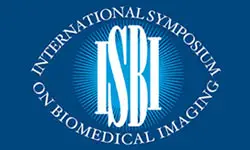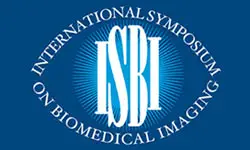Teeth And Root Canals Segmentation Using Zxyformer with Uncertainty Guidance And Weight Transfer
Shangxuan Li
-
Members: FreeSPS
IEEE Members: $11.00
Non-members: $15.00Length: 00:02:14
19 Apr 2023
This study attempts to segment teeth and root-canals simultaneously from CBCT images, but there are very challenging problems in this process. First, the clinical CBCT image data is very large (e.g., 672 × 688 × 688), and the use of down-sampling operation will lose useful information about teeth and root canals. Second, teeth and root canals are very different in morphology, and it is difficult for a simple network to identify them precisely. In addition, there are weak edges at the tooth, between tooth and root canal, which makes it very difficult to segment such weak edges. To this end, we propose a coarse-to-fine segmentation method based on inverse feature fusion transformer and uncertainty estimation to address above challenging problems. First, we use the down-scaled volume data (e.g., 128 × 128 × 128) to conduct coarse segmentation and map it to the original volume to obtain the area of teeth and root canals. Then, we design a transformer with reverse feature fusion, which can bring better segmentation effect of different morphological objects by transferring deeper features to shallow features. Finally, we design an auxiliary branch to calculate and refine the difficult areas in order to improve the weak edge segmentation performance of teeth and root canals. Through the combined tooth and root canal segmentation experiment of 157 clinical high-resolution CBCT data, it is verified that the proposed method is superior to the existing tooth or root canal segmentation methods.



